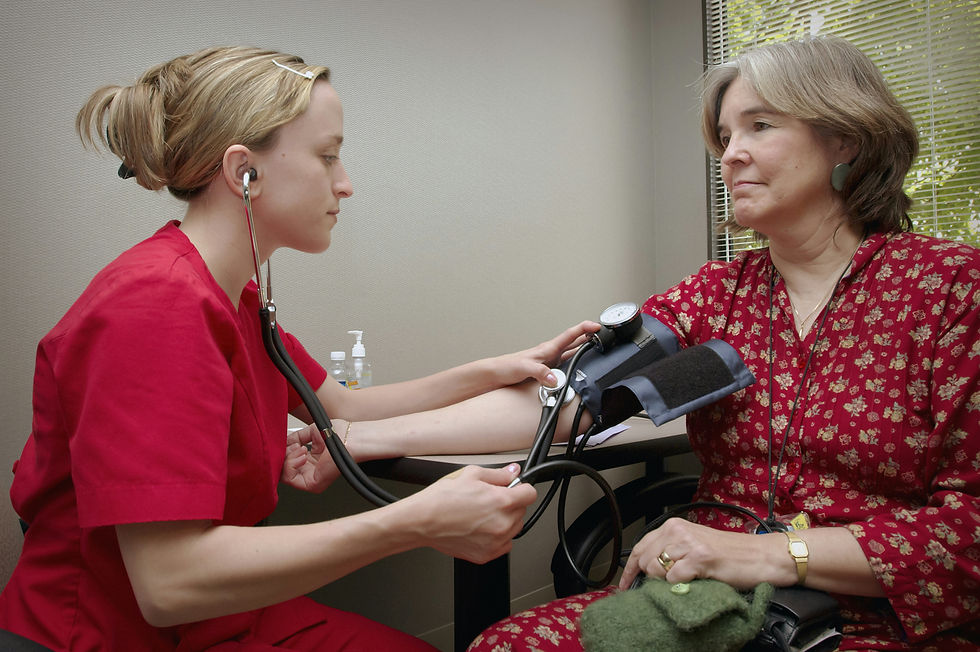Building Healthier Youth Through On-Demand Support
- Elizabeth Santoso
- Oct 14
- 2 min read
Teen smoking remains a serious public health concern. Many adolescents start smoking due to peer pressure, curiosity, or social influence. If left unaddressed, this habit can continue into adulthood and lead to chronic illnesses such as lung cancer, heart disease, and respiratory disorders. To tackle this issue, technology-based approaches—particularly on-demand services—offer innovative strategies that align closely with teenagers’ digital lifestyles.
On-demand services provide fast and personalized access to health education and counseling support. Teenagers can use health apps or digital platforms to find accurate information about the dangers of smoking, healthy lifestyle alternatives, and strategies to quit smoking. Unlike conventional methods that rely on seminars or in-person sessions, on-demand services deliver instant and interactive resources tailored to the digital habits of young people.
One effective intervention is online counseling. Healthcare providers, psychologists, or counselors can conduct virtual sessions to help teens manage their cravings and triggers. This method allows teenagers to access support from a safe space without feeling judged or embarrassed. Moreover, the 24/7 availability of on-demand services ensures consistent and sustainable assistance.
On-demand platforms also enable habit-tracking features. Specialized apps can monitor the number of cigarettes smoked, money spent, and health impacts experienced. By visualizing these outcomes, teens gain a clearer understanding of smoking’s consequences, while also motivating themselves to quit. Some platforms even incorporate reward systems, such as points or digital badges, to celebrate milestones when users successfully reduce their smoking habits.
Beyond individual support, on-demand services can foster online communities where teenagers with similar goals connect and support each other. These virtual spaces provide opportunities for sharing experiences, encouragement, and accountability. Such peer-driven motivation is especially powerful for adolescents, as it helps them feel less isolated in their journey to quit smoking.
Nevertheless, several challenges remain. Not all teenagers have equal access to digital devices or reliable internet connections. Additionally, careful oversight is required to ensure these platforms remain safe and free from harmful content that could trigger negative behaviors. Collaboration among healthcare professionals, families, schools, and digital service providers is essential to ensure the success of these programs.
Looking ahead, the role of on-demand services in reducing teenage smoking habits is expected to grow significantly. With interactive, personalized, and easily accessible approaches, technology can meet the needs of young people while strengthening public health efforts. Through a combination of education, counseling, tracking, and community support, on-demand services offer an effective pathway toward building a healthier, smoke-free generation ready for a better future.



Comments